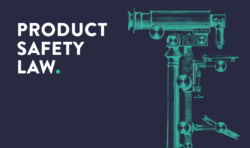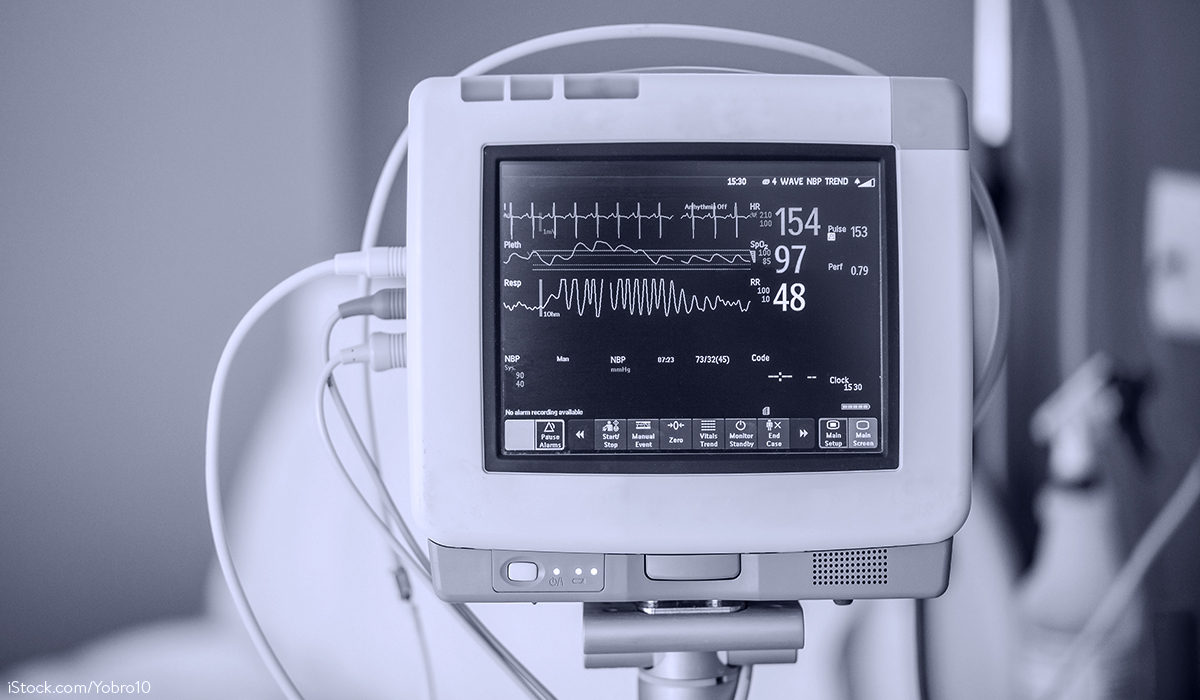The GPSR establishes the framework for the safety of non-harmonised consumer products and also applies in part to the harmonised area (cf. e.g. Art. 19, 20, 22 GPSR and Chapter VIII). The GPSR thus serves to strengthen technical consumer protection. At the same time, the innovations of the GPSR pose challenges for economic operators in ensuring product compliance.
In detail, the following innovations and special features should be highlighted:
I. Extension of the personal scope of application: fulfilment service providers and providers of online marketplaces
As in market surveillance law and the ProdSG, fulfilment service providers within the meaning of Art. 3 No. 12 GPSR are economic operators pursuant to Art. 3 No. 13 GPSR. However, the GPSR (in contrast to § 6 para. 6 ProdSG) does not specify any specific obligations of the fulfilment service provider.
What is new is the inclusion of providers of online marketplaces in the personal scope of application. Due to the broad definition according to Art. 3 No. 13 GPSR, there is much to be said for including them among the economic operators, as they are subject to obligations according to Art. 22 GPSR.
II. New assessment criteria for the safety of products
The EU legislator has established new criteria for assessing the safety of products. In doing so, special attention has been paid to elements of smart products that have not yet been included in harmonisation legislation and will therefore also apply in the harmonised area. The extensive catalogue in Art. 6 GPSR essentially comprises the following assessment criteria:
- Characteristics of the product (design, construction, technical features, instructions, packaging), Art. 6 para. 1 lit. a) GPSR
- interaction with other products, Art. 6 para. 1 lit. b), c) GPSR
- labelling of the product, Art. 6 lit. d) GPSR
- consumer-specific aspects (e.g. consumer groups concerned, gender-specific differences on health and safety), Art. 6 para. 1 lit. e) GPSR
- appearance of the product if it is likely to mislead the consumer into using the product in a manner other than that for which it was intended (Art. 6 para 1 lit. f) GPSR)
- cybersecurity features (Art. 6 para. 1 lit. g) GPSR)
- evolving, learning and predictive functions of the product (Art. 6 para. 1 lit. h) GPSR)
III. Obligation of the manufacturer to carry out an internal risk analysis
Manufacturers are obliged to carry out an internal risk analysis for each product without exception and to prepare technical documentation containing at least a general description of the product and its essential characteristics relevant for the safety assessment (Art. 9 para. 2 subpara. 1 GPSR). There is no minor clause that excludes less complex trivial products. Depending on the product risks, the manufacturer’s programme of obligations may become more stringent (Art. 9 para. 2 subpara. 2 GPSR). The manufacturer must keep the technical documentation for ten years (Art. 9 para. 3 GPSR).
IV. Substantial product change
Following the Blue Guide, Art. 13 para. 3 GPSR provides the legal practitioner with criteria for determining a substantial change to a product. According to this, a physical or digital modification of a product is considered to be substantial if it affects the safety of the product and
- alters the product in a way that was not envisaged in the original risk assessment of the product;
- the nature of the hazard has changed, a new hazard has arisen or the level of risk has increased as a result of the change; and
- the changes have not been made by or on behalf of consumers for their own use.
The person who substantially alters the product is deemed to be the producer and enters into the producer’s obligations (Art. 13 para. 2 GPSR). Although not explicitly mentioned, the assumption of the role of manufacturer logically presupposes that the product is placed on the market again.
V. Linking the marketability of all consumer products to the existence of an EU economic operator
In future, the marketability of non-harmonised consumer products will also be linked to the existence of a so-called EU economic operator (Art. 16 para. 1 GPSR). For harmonised products, a corresponding regulation was already introduced with Art. 4 para. 1 of Regulation (EU) 2019/1020 (so-called EU Market Surveillance Regulation). The EU economic operator, who is usually the importer in the case of products from EU third countries, is subject to testing and labelling obligations (cf. Art. 16 para. 2, 3 GPSR).
VI. Traceability requirements
The GPSR opens up the possibility for the Commission to establish a traceability system. This is intended to facilitate the tracing of products that pose a serious risk to the health and safety of consumers (Art. 18 para. 1 GPSR). The central aspect will be the collection and storage of data by electronic means that can be used to identify the product, its components or the economic operators involved in its supply chain (Art. 18 para. 2 GPSR). The Commission is given the power to further develop the system, in particular to define the products covered (Art. 18 para. 3 GPSR).
VII. Reporting obligations in the event of accidents
Art. 20 GPSR sets out the obligations of economic operators in the event of accidents related to the safety of products. It is the primary responsibility of the manufacturer to report a product-related accident resulting in death or harm to health without delay (as soon as it becomes known) to the competent authorities of the Member State in which the accident occurred. The notification is made via the so-called Safety Business Gateway (Art. 20 para. 1 GPSR). Pursuant to Art. 20 para. 3 GPSR, importers and distributors must report such incidents to the manufacturer, who must then fulfil his obligation under Art. 20 para. 1 GPSR. If there is no manufacturer established in the Union, the EU economic operator must ensure notification (Article 20 para. 4 GPSR).
VIII. Special requirements and obligations in distance selling
The GPSR lays down special rules for the making available of products through distance selling channels. Consumer products are deemed to be made available on the market if they are offered for sale to consumers in the Union online or via other distance selling channels (Art. 4 GPSR). This creates a parallel to the provision fiction in market surveillance law according to Art. 6 of Regulation (EU) 2019/1020.
In addition, the GPSR imposes special information obligations on economic operators in distance selling pursuant to Article 19 of the GPSR. Accordingly, the following information must already be provided at the time of the offer:
- Manufacturer identification: indication of the name, registered trade name or registered trade mark as well as the postal address and e-mail address.
- Identification of the so-called EU economic operator (if the manufacturer is located outside the EU): Indication of the name as well as the postal address and e-mail address.
- Identification marking: product image and type and other product identifiers
- any warnings or safety information
Providers of online marketplaces are now also subject to these obligations. They must, for example, independently of other obligations of economic operators, designate a central contact point through which the market surveillance authorities can communicate with them. The providers must also register with the safety gate portal and store the details of this contact point there (Art. 22 para. 1 GPSR). Finally, they have the obligation to offer a comparable contact point through which consumers can communicate questions on product safety directly and quickly with the provider of the online marketplace (Art. 22 para. 2 GPSR). Furthermore, they are subject to organisational obligations (Art. 22 para. 3, 10 GPSR) as well as extensive reporting and cooperation obligations vis-à-vis the market surveillance authorities (Art. 22 para. 4 et seq. GPSR), so that they contribute to ensuring product safety.
Following on from Art. 35 GPSR, Art. 36 GPSR sets out detailed requirements for the design of a recall notice, which must be addressed to consumers in writing in the event of a recall. The recall notice must be formulated in a language that is easy for the consumer to understand and must meet certain requirements in terms of format and content (Art. 36 para. 2 GPSR). The Commission will provide a template to facilitate the handling of the rules by economic operators (Art. 36 para. 3 GPSR).
IX. Concrete requirements for consumer information
Economic operators and providers of online marketplaces must ensure that all affected consumers they can identify are informed directly and without delay about product recalls and other safety-related issues. If they collect personal data within the meaning of Art. 4 No. 1 Regulation (EU) 2016/679 (so-called General Data Protection Regulation), this information must be used for recalls and safety warnings (Art. 35 para. 1 GPSR). Moreover, according to Art. 35 para. 2 GPSR, economic operators are obliged to offer their customers the possibility to store separate contact details for safety purposes only. For certain products, more extensive registration options may also be made mandatory (Article 35 para. 3 GPSR).
Following on from Art. 35 GPSR, Art. 36 GPSR sets out detailed requirements for the design of a recall notice, which must be addressed to consumers in writing in the event of a recall. The recall notice must be formulated in a language that is easy for the consumer to understand and must meet certain requirements in terms of format and content (Art. 36 para. 2 GPSR). The Commission will provide a template to facilitate the handling of the rules by economic operators (Art. 36 para. 3 GPSR).
X. Obligation of the economic operator to remedy the situation in the event of a product recall
Although heavily criticised by the business community, the provision from Art. 37 GPSR was retained, which obliges economic operators to provide remedies to consumers in the event of a product safety recall. Without prejudice to civil claims, the economic operator responsible for the recall must proactively offer two of the following remedies free of charge to affected consumers:
- Repair of the recalled product,
- replacement of the recalled product with a safe product of the same type and of at least the same value and quality; or
- reasonable reimbursement of the value of the recalled product, provided that the amount of the reimbursement is at least equal to the price paid by the consumer.
This provision, framed as a regulatory obligation on economic operators, undermines the warranty law regime and, in a sense, creates an endless product safety law warranty right in the event of recall. This is likely to affect the prices of consumer products and the design of product liability and recall insurance.
XI. Future prospects
The GPSR will enter into force on the twentieth day after its forthcoming publication in the Official Journal of the EU. After a transitional period of 18 months, during which non-harmonised consumer products may continue to be made available on the market in accordance with Directive 2001/95/EC or the ProdSG (cf. Art. 51 GPSR), it will then apply directly in each Member State. In this respect, it can be expected to apply from the end of 2024. The GPSR triggers a need to adapt the ProdSG, the scope of which will concentrate on non-harmonised B2B products in the future.
Do you have any questions about this news or would you like to discuss it with the author? Please feel free to contact: Dr. Gerhard Wiebe







